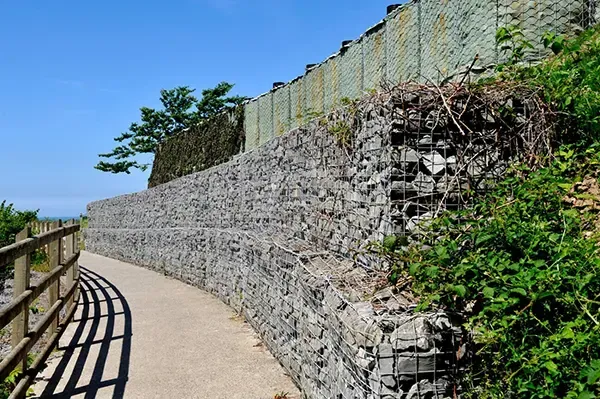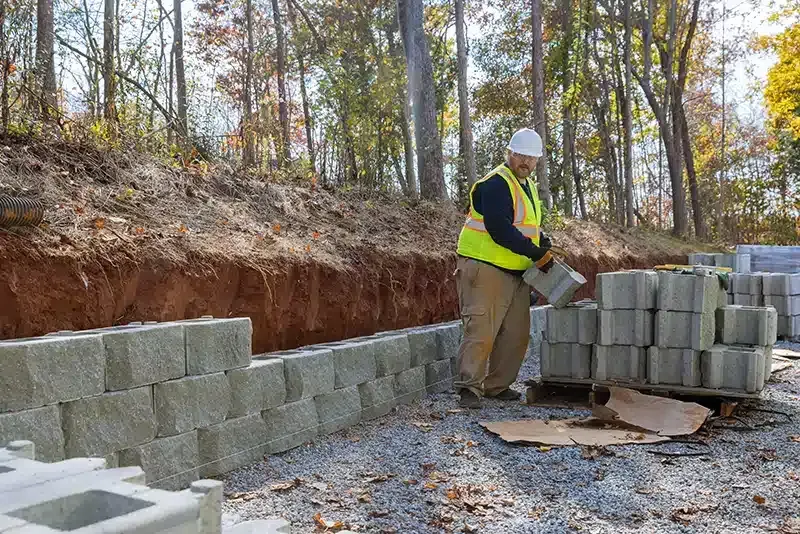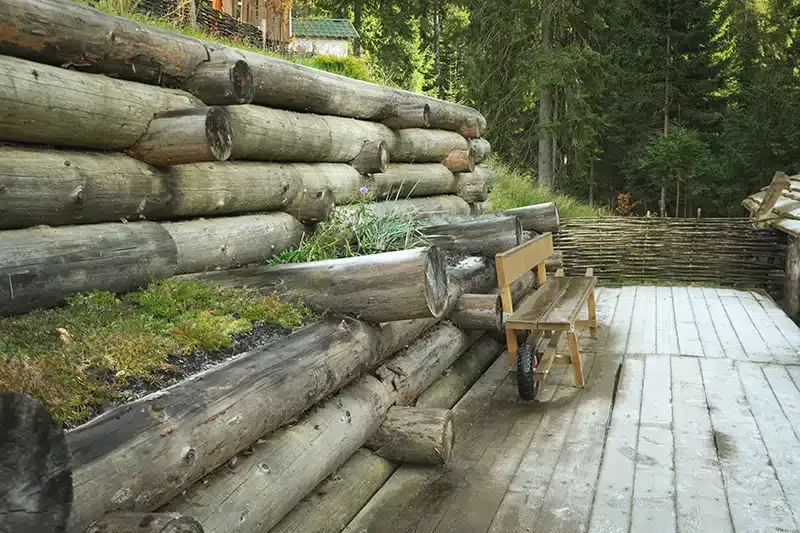How Long Can You Expect a Retaining Wall Repair to Last?
How Long Can You Expect a Retaining Wall Repair to Last?

When it comes to retaining wall repairs, you might wonder how long you can expect the results to last. The answer isn't straightforward, as several factors come into play.
From the materials used to the skill of the contractor, each aspect can significantly impact longevity. Let's explore these influences and see what you can do to optimize the lifespan of your repair.
Factors Influencing Repair Longevity
Several key factors influence how long your retaining wall repair will last, impacting its durability and effectiveness.
Quality of Materials
The materials used in the repair play a significant role in the longevity of the repair.
- High-quality materials ensure better durability and resistance to wear.
- Inferior materials can lead to premature damage and the need for future repairs.
Contractor Expertise
The expertise of the contractor executing the repair is crucial to its longevity.
- An experienced contractor ensures the repair is done correctly, reducing the risk of future problems.
- Poor workmanship can result in early failure or ineffective repairs.
Environmental Conditions
Environmental factors such as rainfall, freezing temperatures, and freeze-thaw cycles can accelerate wear and tear.
- Extreme weather conditions can put added stress on your retaining wall, potentially shortening its lifespan.
- Areas with heavy rainfall or frequent temperature fluctuations may require more frequent repairs.
Drainage
Proper drainage is vital to maintaining the integrity of your retaining wall repair.
- Effective drainage prevents water buildup, which can weaken the wall and cause erosion.
- Poor drainage increases the risk of further damage and shorter repair longevity.
By considering these factors—material quality, contractor expertise, environmental conditions, and drainage—you can ensure that your retaining wall repair lasts as long as possible and performs effectively over time.
Common Materials Used for Retaining Wall Repairs
Choosing the right material for retaining wall repairs is essential for ensuring the repair’s strength, durability, and visual appeal.
Concrete
- Durability: Concrete is one of the most durable materials for retaining walls, offering long-lasting strength.
- Versatility: It can be used for both new installations and repairs, providing stability and a solid structure.
- Maintenance: Concrete walls may require occasional sealing to prevent cracking, especially in areas with freeze-thaw cycles.
Stone or Brick
- Aesthetic Appeal: Stone or brick gives a natural, timeless look and blends well with various landscapes.
- Stability: These materials are stable and can withstand pressure from soil and water.
- Cost: Stone or brick can be more expensive than other materials but offers a high-end, attractive finish.
Pressure-Treated Wood
- Cost-Effective: Wood is often more affordable than concrete or stone, making it suitable for smaller projects.
- Flexibility: Pressure-treated wood is easy to work with and can be used for a variety of designs.
- Maintenance: It requires more frequent maintenance, including sealing and replacement over time, due to its vulnerability to rot and pests.
Geogrids or Mesh
- Reinforcement: Geogrids or mesh materials are used to reinforce the soil behind retaining walls, preventing soil movement.
- Strength: These materials help provide additional support, especially in areas with weak soil or heavy rainfall.
- Installation: They are typically used in combination with other materials to enhance stability.
Each material has distinct advantages, and the best choice depends on your specific needs, budget, and the conditions of your site.
Maintenance Tips for Prolonging Repair Life
Regular maintenance is crucial for ensuring the longevity of your retaining wall repairs. By staying proactive, you can catch small issues before they escalate into larger, more expensive problems.
Regular Inspections
- Look for Cracks: Frequently check for any cracks or signs of settlement. Early detection helps prevent further damage.
- Settlement Issues: If you notice unevenness or movement, address it quickly to prevent structural instability.
Clean the Wall
- Remove Debris: Keep the wall clear of leaves, soil, and plants to prevent moisture buildup and ensure proper drainage.
- Vegetation: Trim any vines or roots that may interfere with the wall’s stability.
Address Drainage
- Clear Drainage Pipes: Ensure that any drainage pipes are clear of blockages to prevent water buildup behind the wall.
- Fix Drainage Problems: If drainage issues arise, resolve them immediately to avoid water pressure, which can cause wall failure.
Secure Loose Stones or Blocks
- Tighten Stones: Check for loose stones or blocks and secure them to prevent further damage.
Apply a Sealant
- Water Protection: Use a high-quality sealant to protect the wall from water infiltration, which can lead to cracks or erosion.
By following these maintenance steps, you can significantly extend the life of your retaining wall repairs and maintain its functionality and appearance.
To ensure the longevity of your retaining wall repair, it's important to consider factors like material quality, contractor expertise, environmental conditions, and proper drainage. Regular maintenance and proactive inspections will help prevent small issues from turning into major problems, ultimately extending the life of your repair.
By staying on top of maintenance and addressing concerns promptly, you can keep your retaining wall in good condition for many years to come.


